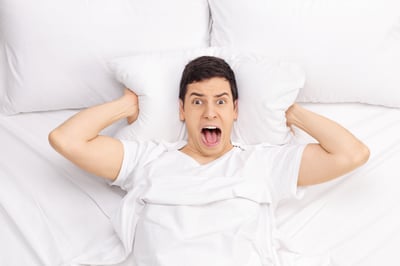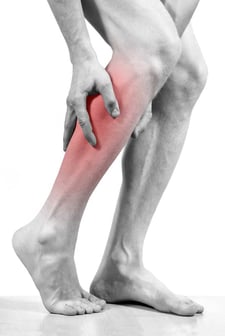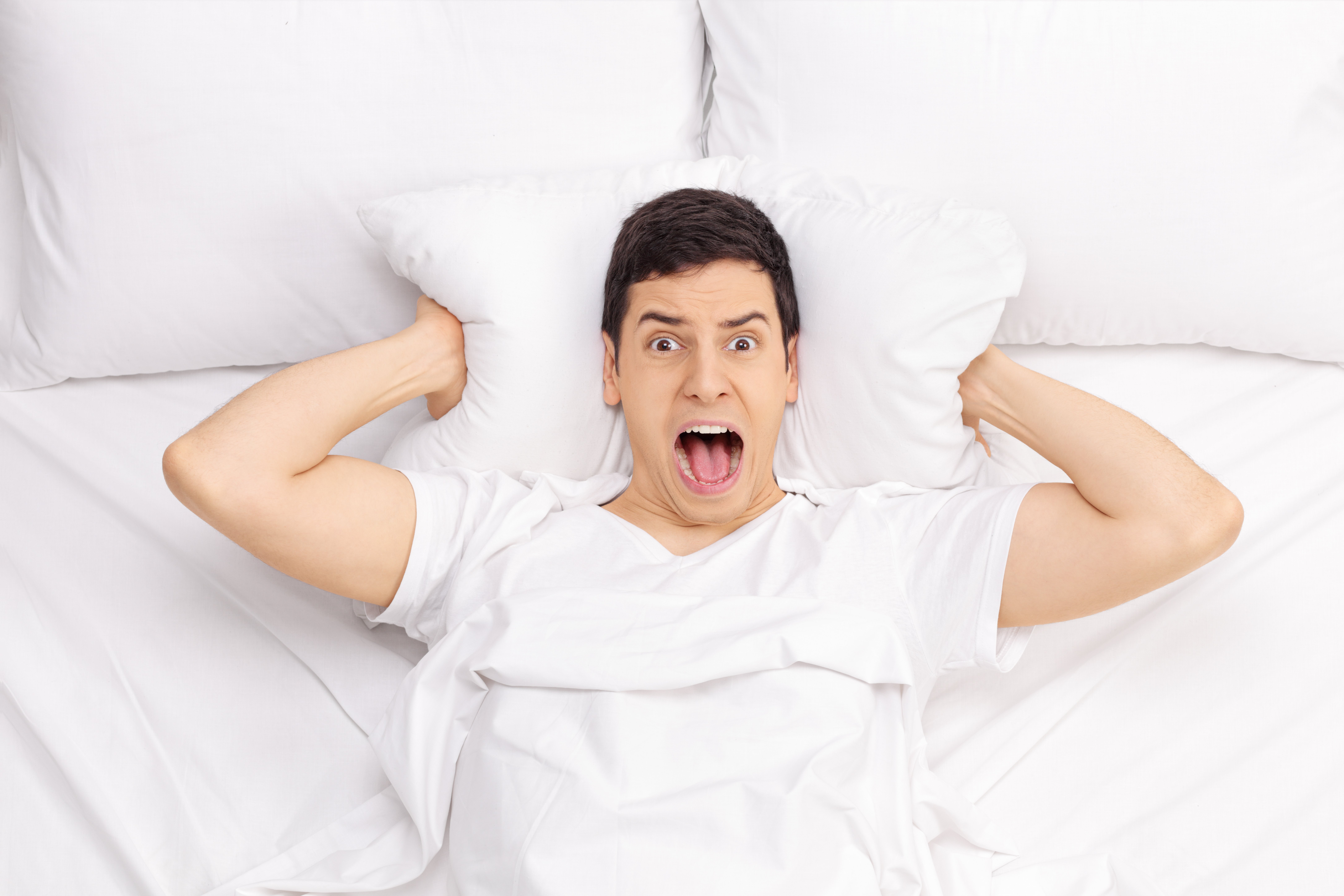Are Leg Cramps Cramping Your Sleep?

You’re lying in bed enjoying a peaceful night’s sleep…and from nowhere...PAIN! It’s an intense excruciating pain that starts shooting up from deep inside your foot and radiates up through your hamstring. You hobble out of bed, limping around your room in an effort to walk off the pain and stretch out the tightly clenched muscles. When the pain finally subsides, you still feel it lingering in your leg. Why do these nighttime leg cramps happen and, more importantly, what you can do to get some sorely needed relief?
What Are Leg Cramps?
Leg cramps are painful involuntary contractions of the thigh, calf, or foot muscles and are incredibly painful. They always start when the muscle is in a non-stretched position and worsen when you contract (tighten) the muscle. They happen at any time, awake or asleep. When the cramp starts it is not possible to voluntarily relax the muscle, it needs to be stretched to break the cycle. Affecting up to 60% of adults, they most commonly happen in the calf, but may also occur in the thigh and feet.
Cramping muscles must be stretched out to break the cramp. This is done by contracting the opposite muscle, manually stretching the muscle, or walking it off. Sometimes getting help from someone else to stretch is very helpful. Massaging the affected area may also help relieve discomfort after the cramp stops.
Don’t Confuse Muscle Cramps With Restless Leg Syndrome
They differ from restless leg syndrome. RLS can be described in different ways: a crawly feeling in the legs, an electrical or buzzing sensation in the legs and body, or an overwhelming sense of restlessness and twitching. It is involuntary - you can’t stop it when it starts. It always occurs at night and when lying down to rest in bed, a chair, or a car. Though it isn’t painful, RLS is very disturbing - the severity depends on the individual. RLS frequently prevents sleep because you’re unable to lie still. It is relieved by getting up and walking around and, for some, with medication.
What To Do During a Muscle Cramp
When a cramp starts, the muscle is always relaxed. Most people have specific muscles that cramp repeatedly, so keep that muscle stretched before bed. Muscles in the body occur in pairs and oppose each other. When you feel a cramp starting, try not to contract the cramping muscle which will worsen the cramp, but instead, contract the muscle opposing it. This will stretch out the cramping muscle. Since cramps usually affect people in a predictable manner, knowing how to stretch if a cramp starts can take some practice before sleep to know which muscle to stretch and which opposing muscle to contract.
To break the cramp, aggressively stretch the cramping muscle - this causes a reflex that can relax the muscle to stop the cramp.

- Massage your muscles after it stops to help get the blood flowing to the muscle
- Stand, stretch, and walk to stretch the affected muscles
- Stay hydrated and drink plenty of water
- Avoid heavy bedding or bedding that is tightly tucked in - this can prevent extreme muscle positions which can trigger a cramp
- Apply a heating pad
- Drink a small amount of pickle juice and see our blog post for additional home remedies our patients have suggested
- Take an over-the-counter pain reliever - Tylenol (acetaminophen), ibuprofen, or Aleve
For frequent leg cramps, visit your healthcare provider or contact us for a screening. If you have recurring leg cramps at night, it is highly likely that it is due to a vein condition.






